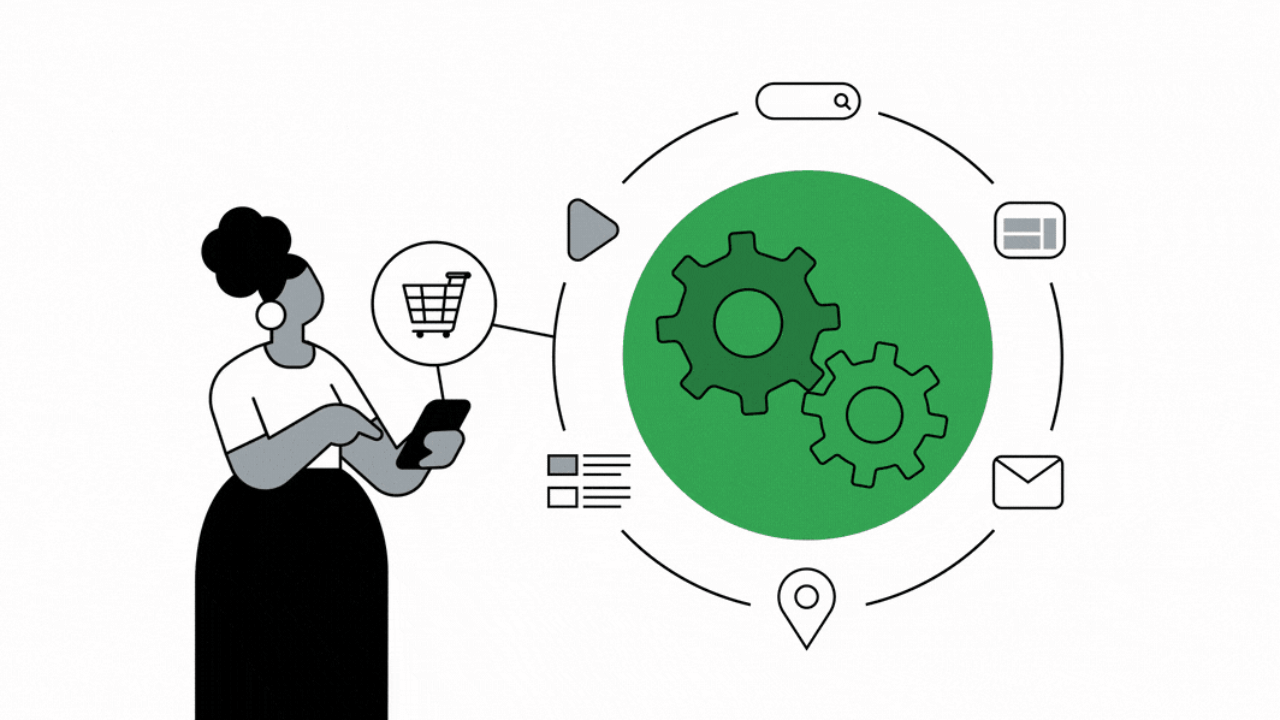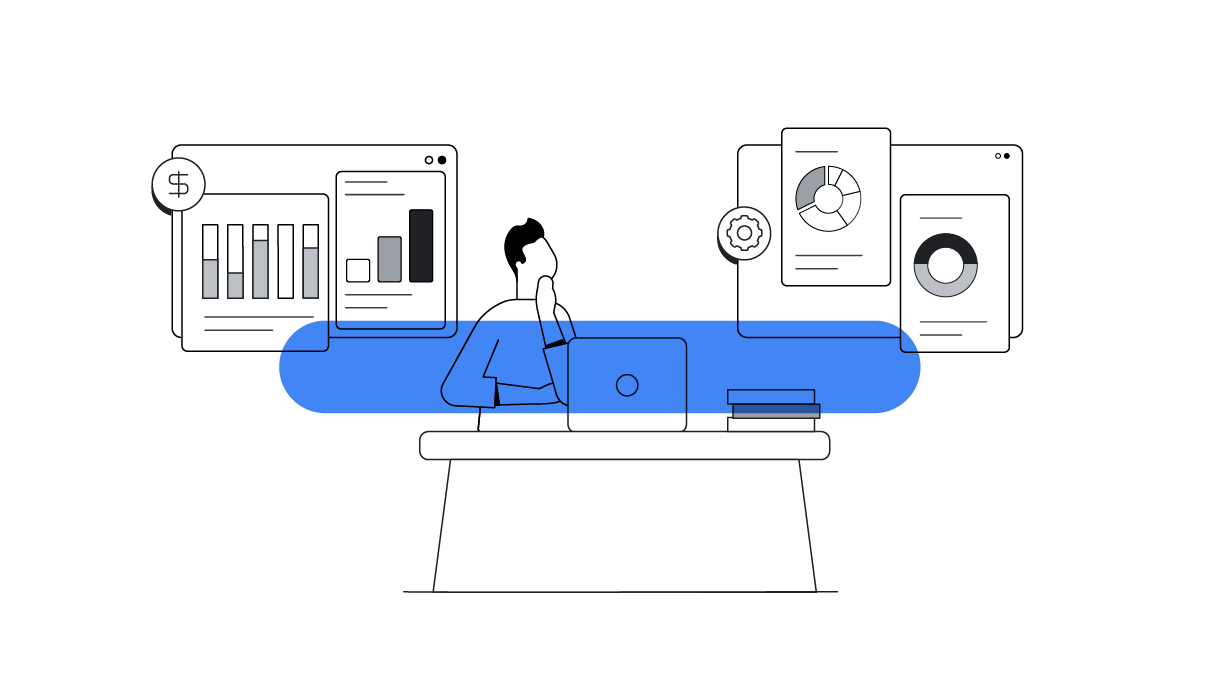As people live more of their lives online, they’re increasingly aware of how their personal data gets collected and used for advertising. They expect companies to respect their online privacy. Businesses need to earn and preserve users’ trust by securing every customer engagement with data privacy measures.
To learn more about how businesses can adapt to changing privacy needs, we spoke with industry leaders across APAC about key data privacy trends in the region and strategies to create a privacy-first ecosystem.

“Consumers are increasingly aware of the importance of privacy and how their personal information gets collected and used for advertising. Privacy of user data is among the top five technology concerns for consumers in India, and in the top three for consumers in Japan.”
Industry leaders in APAC tell us there’s a pressing need for companies in the region to adapt to the changing privacy landscape. Here, they share important insights on how privacy measures can work for users, advertisers, and publishers, and the importance of working together to create a privacy-safe future for everyone.
Invest in first-party data
Data is an essential part of digital marketing, and in this new privacy-first world, marketers need to refine their data strategies. First-party data will be especially important because no other brand can access, replicate, or use your first-party data; it's a sustainable competitive advantage for your business. By leaning into quality data that is unique to you and your customers, you will identify more opportunities to engage customers.

“What we focus on is not just to collect vast quantities of data, but to get the right quality of data to ensure a good engagement with customers.”
Adopt automation solutions
With cookie restrictions in browsers set to continue, and consumers toggling between multiple devices across various platforms and apps before making a purchase, marketers have to change how they map customer journeys and measure conversions.
Automation solutions such as conversion modeling, which is powered by machine learning, can help you do more with less data. Modeling enables accurate measurement while reporting on only aggregated and anonymized data. This means you can unlock a privacy-centric picture of your customers’ behavior and increase the effectiveness of your marketing investment even if direct measurement isn’t always possible.

“There is absolutely no going back. We’ve got to start leaning into future-facing solutions and answering the really important questions in front of us, in new and interesting ways.”
Build a privacy-first ecosystem
It’s important to recognize that a privacy-first world benefits everyone — users, advertisers, and publishers, and when all parties work together to create a privacy-first ecosystem, everyone wins.
The Chrome Privacy Sandbox brings digital players together to collaborate on developing privacy-first alternatives to tracking individuals across the internet. When users get choice, transparency, and control over how their data is collected and used online, businesses can better connect with people who are interested in their products or services.

“Our first responsibility is to keep people’s information private and secure, while they continue to enjoy all the content they love on the free and open web. So this means creating an advertising ecosystem that not only respects and protects people’s privacy but also works for users, advertisers, and publishers.”
Preserving a vibrant and open ecosystem enables people to access a broad range of ad-supported content with confidence that their privacy and choices are respected.

“APAC businesses should care about ‘being privacy-first’ to ensure that they’re going to continue to succeed in a changing privacy landscape. They are facing additional regulation at a global and APAC level, and higher user expectations about how their data will be used — responsibly and safely.”
For more insights and perspectives on privacy in APAC, watch key industry leaders share their views in the video here:








